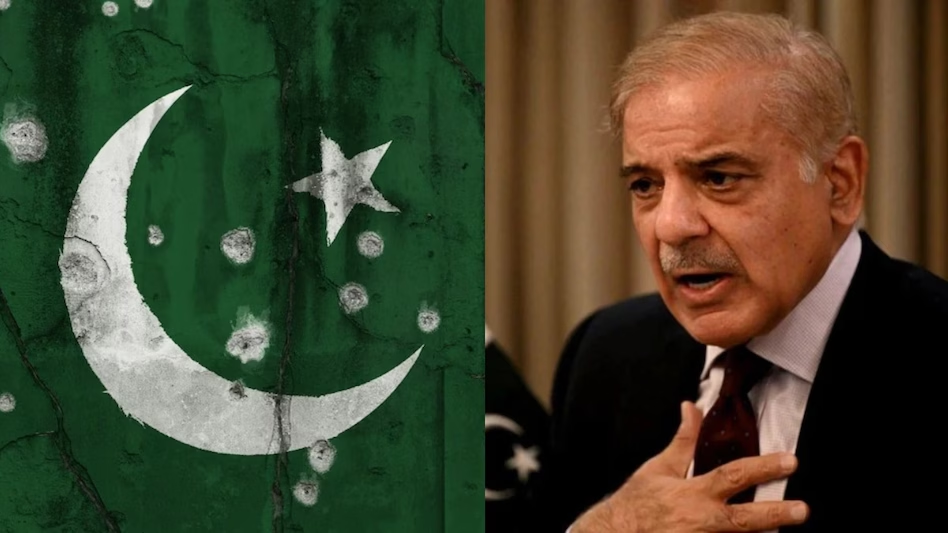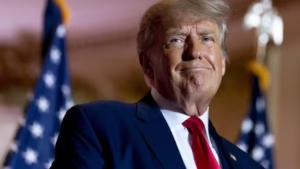Within hours of India launching its precision military campaign, Operation Sindoor, Pakistan resorted to a familiar tactic—what top U.S. warfare expert John Spencer calls the “first to lie” strategy. As India targeted terror infrastructure across the border, Pakistan responded not just with military countermeasures, but with a rapid-fire media offensive, flooding global platforms with exaggerated narratives of success.
John Spencer, Chair of Urban Warfare Studies at the Modern War Institute, publicly challenged these claims, pointing out how international media outlets once again played into a familiar misinformation playbook. “Like we have seen in Gaza, fact-checking has become a lost standard. All in the name of being ‘first,’” Spencer stated on X, formerly Twitter.
Amid the fog of propaganda, Pakistan’s military boasted about inflicting “great damage” in response to the Indian offensive. To counter this misinformation blitz, Indian Prime Minister Narendra Modi addressed the nation directly from a military base, reaffirming the facts and showcasing India’s strategic intent.
Beyond the war of words, Spencer didn’t mince words in his assessment of the actual operation. “After just four days of calibrated military action, it is objectively conclusive: India achieved a massive victory. This was not symbolic force. It was decisive power, clearly applied,” he declared.
Operation Sindoor was designed as a limited, focused campaign. It targeted terror hubs inside Pakistan, neutralized attempted counterattacks, and redefined the thresholds of engagement without spiraling into a full-blown conflict. Rather than reacting emotionally, India imposed significant costs while maintaining control over the pace and scale of its response.
Reinforcing this doctrinal shift, Prime Minister Modi stated unequivocally: “Terror and talks can’t go together. Water and blood can’t flow together.” He also stressed that India would not be swayed by threats of “nuclear blackmail,” signaling a clear departure from the era of strategic restraint.
India’s post-strike diplomacy was equally assertive. By briefing 70 countries—excluding China and downgrading Turkiye—India clarified that Operation Sindoor was not merely retaliatory. It was a deliberate message to adversaries and allies alike: New Delhi now embraces decisive action within a framework of restraint.
According to Spencer, this marks a broader evolution in democratic military strategy. As countries increasingly face grey-zone threats—where conventional warfare blurs with cyberattacks, proxy groups, and misinformation—India’s playbook offers a potential model: calibrated force, strategic clarity, and a refusal to be bullied or manipulated by narrative warfare.







